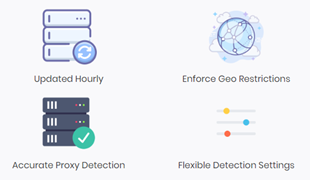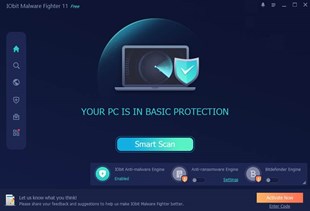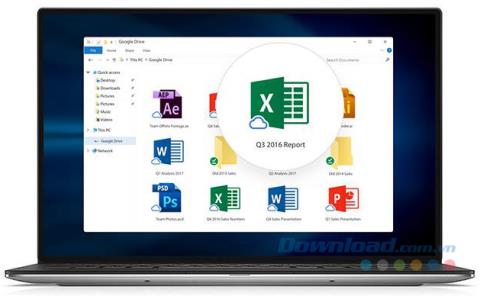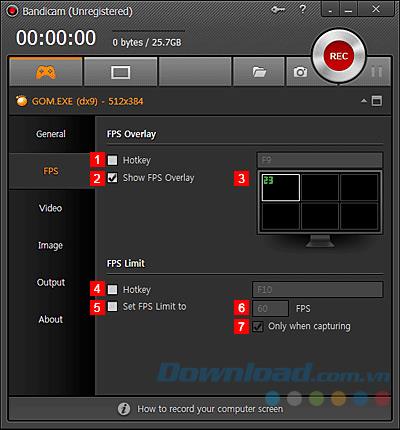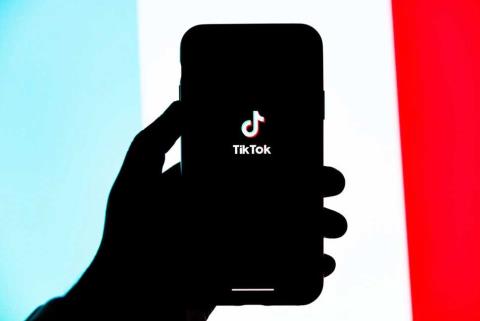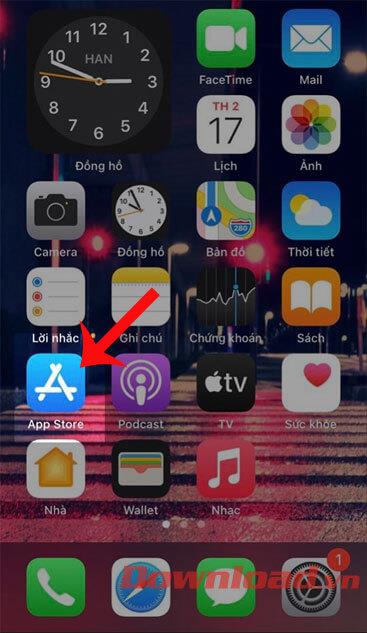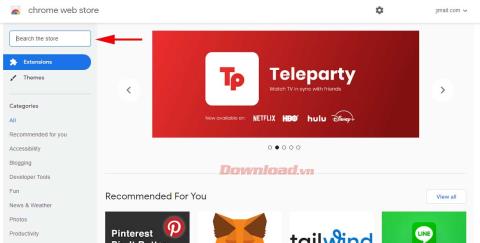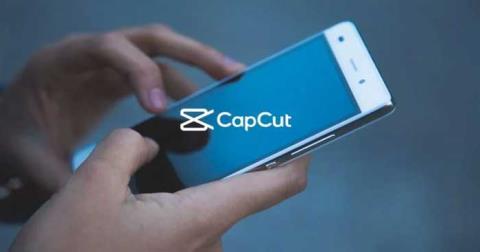It might seem like there are a million rules when it comes to business proposals, but the truth is that most of them can be boiled down in one sentence — it’s not what you say that matters, it’s how you say it. Your proposal needs to be well written, concise, and persuasive if you want your readers to invest in your idea.
Contents
What Is a Business Proposal?
A business proposal is a carefully written document that outlines an idea, product, or service and what it will accomplish. It includes all the relevant information needed to convey the strengths of the idea or product proposed—including market research if appropriate—as well as anything else readers need in order to understand why the business should be invested in.
It can be short or long, depending on the idea itself and how much information is needed to sell it. A business proposal can be one page or hundreds, but either way, it needs to be clear, well written, and persuasive.
What Is Not a Business Proposal?
A description of your product or service isn’t a business proposal. Writing a few pages about what you plan to do isn’t enough; you need to convince your readers that the idea is worth investing in.

You must provide information on how much money is required, how it will be spent, and what will result. Additionally, you should include everything necessary for investors or stakeholders to make a decision. This includes information about your team’s background, the competitive landscape in the industry, and how you plan to expand over time.
What You should Do When Making a Business Proposal
Do your research. Find out who you’re writing to and what they’ll need in order to make an informed decision about your proposal.
Make sure you include the basics: who, what, where, when, why, and how. Just like any other business plan, a business proposal needs market research (a snapshot of the industry as a whole). You also need to know who you’re marketing your product or service to and why they should care.
Include what is needed from the reader, such as a timeline for review, a projected date for a final decision, and any other pertinent information.
Don’t try to make your idea bigger than it needs to be. People are more likely to invest in something that fits within their budget; don’t try to make your business proposal sound like you need an outlandish amount of money or resources because the chances are, investors or stakeholders will dismiss it out of hand due to its costliness.
Be prepared for revisions. If an investor or stakeholder isn’t convinced by your proposal, expect to make changes before they give their approval.
If you were expecting a quick yes and it ends with a no, keep working on the proposal until you get it right!
What You Should Not Do When Making a Business Proposal
Don’t include too much information.
While you want to be clear and concise, you also don’t want to leave out important details that investors or stakeholders will need in order to make a decision.
Don’t try to be someone you’re not.
Your business proposal is a chance for people to get to know the real you, so be honest and let your personality shine through.
Don’t forget to follow up.
If you don’t hear back from someone after sending them your sales proposal, reach out and see what the status is. Don’t be pushy, but politely inquire about what the next steps might be.
Now that you understand what a business plan proposal is, what it should include, and what you should avoid, it’s time to start making your own! Remember to do your research and tailor the proposal to the individual or group you’re pitching to.
The Best Way to Present Your Business Proposal
Time management is extremely important when it comes to company proposals; split up your content into three parts: the problem, the solution, and proof of concept.
The problem should be short but informative, giving readers a clear idea of what they’ll gain from your product or service. The next section should explain why your business is the best way to solve the issue you presented earlier. Finally, include proof that it will work; this can take many forms such as customer testimonials, data from your research, or quotes from experts in the field.
When you’re finished writing, make sure to format everything correctly and choose an appropriate font. Use headings and subheadings to break up your content and make it easy to read.
If you have any visuals to include, such as graphs or charts, make sure they are high quality and easy to understand. One great way to make sure that you are doing your sales proposal right is to use Venngage — a free infographic maker that provides a wide range of business proposal templates for everyone. To give you an idea, here are some of the best business proposal examples from their collection!
